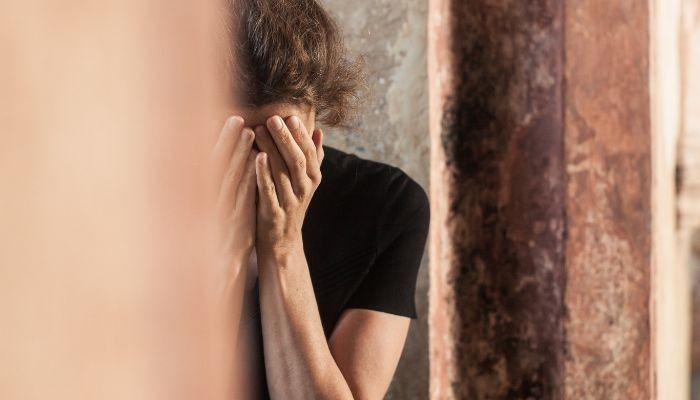
A study by Homelessness Australia found that young renters on youth allowance do not have enough budget to cover for the increasing costs of living.
Homelessness Australia’s two-year longitudinal study cross-referenced the cost of 50% rent of a two-bedroom apartment against the maximum income support payment available to a young person living away from home.
The analysis found that young renters on youth allowance sharing a typical two-bedroom flat only have $13 a day to cover food, transport, medicine, utilities, and other costs.
Here are the changes in the computation of total weekly income and rents for young renters on youth allowance:
|
Time Period |
Total weekly income young sharer (Youth Allowance and Commonwealth Rent Assistance) |
Share of rent 2-bedroom unit (national) |
Percentage income paid in rent |
Weekly income left after paying rent |
|
April, 2021 |
307.6 |
198 |
64% |
109.6 |
|
September 2021 |
308.3 |
205 |
66% |
103.3 |
|
January, 2022 |
317.2 |
208 |
66% |
109.2 |
|
September, 2022 |
320.2 |
226.5 |
71% |
93.7 |
|
January, 2023 |
336.4 |
236.5 |
70% |
99.9 |
|
March, 2023 |
338.2 |
245.5 |
73% |
92.7 |
|
Increase in 2 years |
10% |
24% |
Homelessness Australia CEO Kate Colvin said while overall incomes support payments increased 10% over the past two years, rents surged 24%, this means that a young person who paid 64% of their income two years ago to share a two-bedroom unit will now have to pay 73% of their income.
“The reality is landlords will not rent to a young person whose budget is stretched this thinly, making it almost impossible for young people who can’t live safely at home to find somewhere to live,” she said.
Ms Colvin said there is a need to lift Youth Allowance and Commonwealth Rent Assistance so young people have the income they need to avoid homelessness.
“By failing to act, we are condemning growing numbers of young people to homelessness and poverty. It’s impossible to develop skills and experience or attain an education when you’re hungry or unsure of where you will sleep,” she said.
Figures from the Australian Institute of Health and Welfare show that 39,300 children and young people aged 15-24 come to homelessness services alone annually.
“It is harder and harder for homelessness services to find young people a rental home and when they do, the rent is eye-wateringly expensive — if we want to give the next generation a genuine shot in life, the least we can do is give them the income they need to survive,” Ms Colvin said.
-
Photo by sanjeri on Canva.